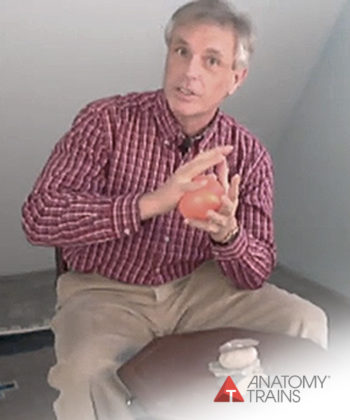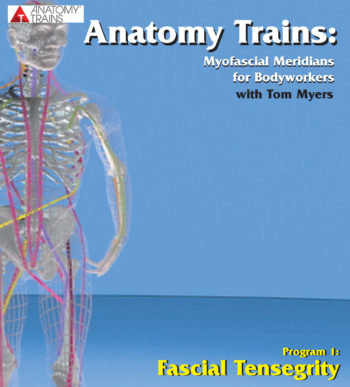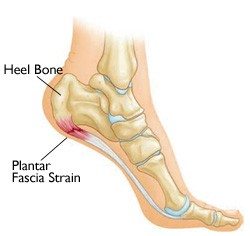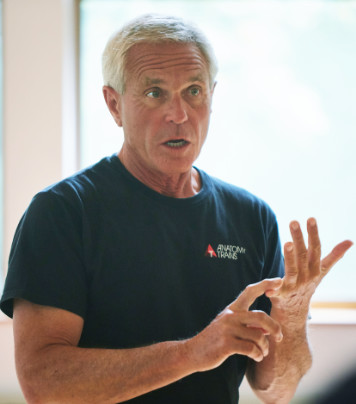Kenneth Snelson, explorer in tensegrity, has passed from this earth at the age of 89.
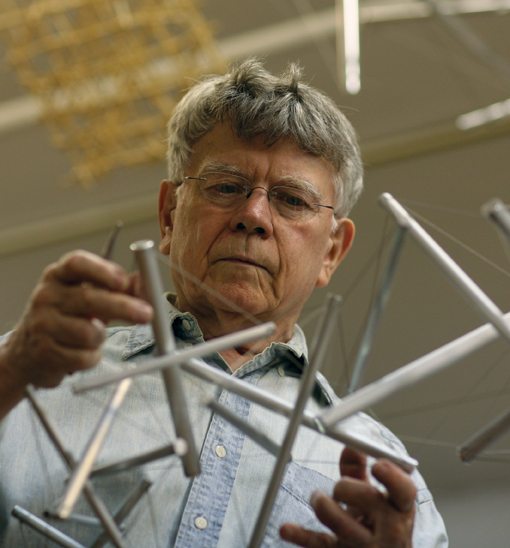
I never met Snelson personally, though I did give a talk a couple of years ago at Black Mountain College outside of Asheville; a 60’s alternative summer ‘think tank’ where he and Bucky met, and Bucky first saw “Early X-piece” – the original tensegrity sculpture. Kenneth called it ‘floating compression’; it was Bucky who coined the portmanteau ‘tensegrity’.
I guess Snelson felt a bit ripped off by Bucky Fuller, but I think of the relationship as symbiotic: Kenneth supplied the inspiration (and got to elaborate his artistic vision in a fabulous diversity of forms, a lot of them accessible through his 2009 book, Forces Made Visible). It was Bucky Fuller, however, who had the mathematical background to delineate the underlying principles to what Snelson had accomplished. Fuller’s Synergetics is still too far ahead of its time to be appreciated – the underlying atomic and energetic structure will, I am confident, become the standard in the end, but it will take us a while to get away from cubes and Euclid and heavy houses.
Both men served the same master. Kenneth said: “All of this because of a desire to unveil, in whatever ways I can, the wondrous essence of elementary structure.” I have the same goal in trying to illuminate the body. Clearly the cells are elementary structures, but the elementary structure we have missed seeing as a system for 500 years is the elementary structure of the fascial system – which just happens to be a tensegrity. A wet and sticky self-adjusting and adaptive tensegrity we failed to notice because it is the context for everything else. Fascia is the environment for movement, our biomechanical auto-regulatory system.
Recommended
Tensegrity in the Body
$100.00Tensegrity – a word that combines ‘tension’ and ‘integrity’ – is a form of geometry and engineering where the integrity of the structure depends on the balance of the tension members. Our body is just such a structure – the structural and movement stability of the body depends on the balance of the soft tissues.… Read more
Add to cartIt was Dr Steven Levin who applied tensegrity concepts to biology and Tom Flemons who modeled living and adaptive systems, so that we bodyworkers could understand the body in a different way.
Recommended
Anatomy Trains: Fascial Tensegrity
$39.95This introduces the Anatomy Trains concept by taking a tour of the origins and disposition of the fascinating fascial net. We look at its components, its embryology, and its properties in human functioning. By viewing the fascial net as a whole, we see how the body can be seen as a variety of ‘tensegrity’ structure,… Read more
Add to cart
